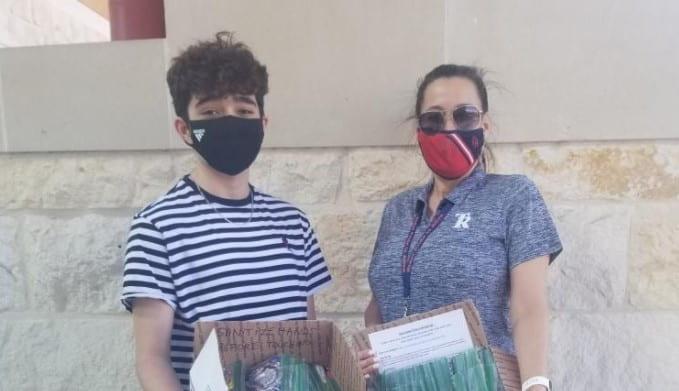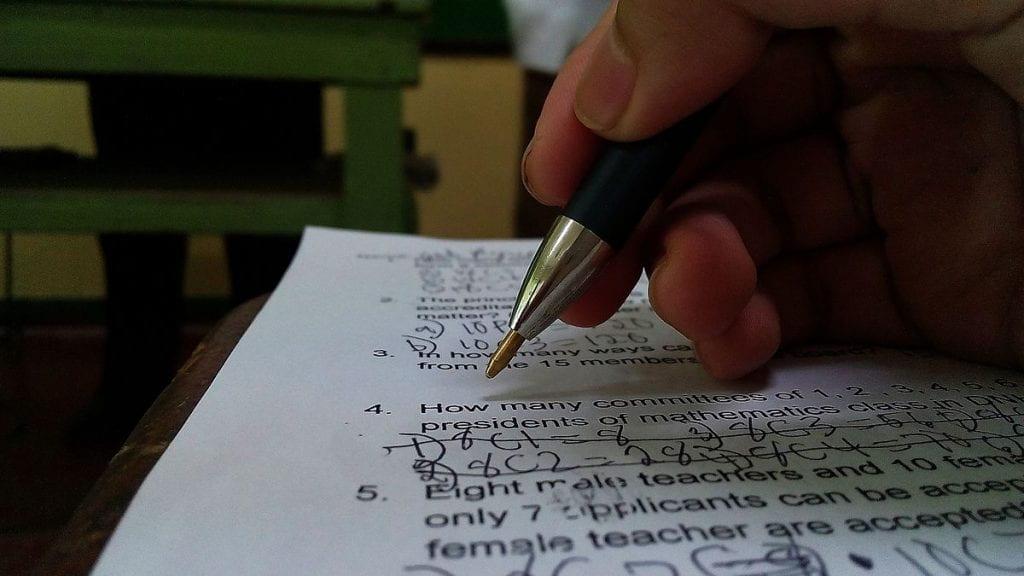By Zakary Rodriguez | Advertising Manager |
The coronavirus pandemic has been one that has taken the world by storm, causing global halts of normal everyday life for hundreds of thousands of people worldwide. This has included everything from the NBA being suspended, to states issuing “stay-at-home” orders. Yet, despite warnings from health officials, there are still people who are undermining the true seriousness and danger of the COVID-19 virus.

Although compared to the common flu, or seasonal influenza, COVID-19 is much worse than the flu. While symptoms of the two viruses are similar, and although both can lead to pneumonia, which can be fatal, the COVID-19 virus is something much worse, statistically speaking. Because of this, people should begin to take the threat of coronavirus more seriously and stay inside and away from others as much as possible.
The incubation period for the COVID-19 virus can last for up to 12 to 14 days. The incubation period is the period between someone being infected with the virus and that same person feeling any of the symptoms of the virus. This extended incubation period is a far cry from the season flu’s one-to-two-day incubation period, meaning that once you get the flu, you know almost immediately that you’re contagious. However, because of the COVID-19’s extended incubation period, that means someone infected with the virus can go up to two weeks unintentionally infecting others with the virus. Likewise, because of the misconception that the COVID-19 virus is like the flu, people remain unaware that this virus is much worse than the flu.
This long-lasting incubation period paired with the COVID-19’s R0 (pronounced “R naught”) is why the virus has been able to infect so many so quickly. A virus’s R0 is how contagious a disease is, with the number representing how many people are, on average, infected by one infected person. The seasonal flu has an R0 of 1.3, meaning someone with the flu will, on average, infected one to two people at most. COVID-19, however, has an R0 of 2-2.5, meaning someone with COVID-19 will, on average, infect two to three people. As the news-site Vox put it, running a simulation, starting with one infected person, with an R0 of 1.3, the end result is 56 people infected by the tenth round, each round being a round where someone gets one to two people sick. But with the same simulation, starting with one person and going 10 rounds in, with an R0 of 2, like the COVID-19 virus, by the tenth round there are 2047 people sick.
Along with a higher rate of infection, the COVID-19 virus is deadlier than the flu. The Center for Disease Control and Prevention, better known as the CDC, had predicted around 34,000 deaths in the 2018-2019 influenza season. However, COVID-19 has already claimed more than 40,000 lives, and is projected to claim more than 240,000 lives in total. This, because COVID-19 doesn’t have any known vaccine, leaving those who get it to just wait it out and hope that they recover. However because of the lack of a vaccine, those who have underlying medical conditions are completely unhelped and the most at-risk of being the victim of the virus.
Although some may think that they are not at high-risk and therefore they can go out, what needs to be thought of is those who they will come in contact with after going out. You need to think about your friends and family members at home who may be high risk, or who may come in contact with someone who is high risk.
Because of the seriousness, many leaders of states, and countries alike, are implementing these stay-at-home orders and that’s why there are so many “flatten the curve” campaigns. Because this isn’t like the flu. It’s much worse and will only get worse as more and more people refuse to take this seriously. So in order to stop the spread and prevent this current situation from getting any worse is to stay at home as much as possible, only go out for necessities, and take proper precautions when going out and in contact with others.

















